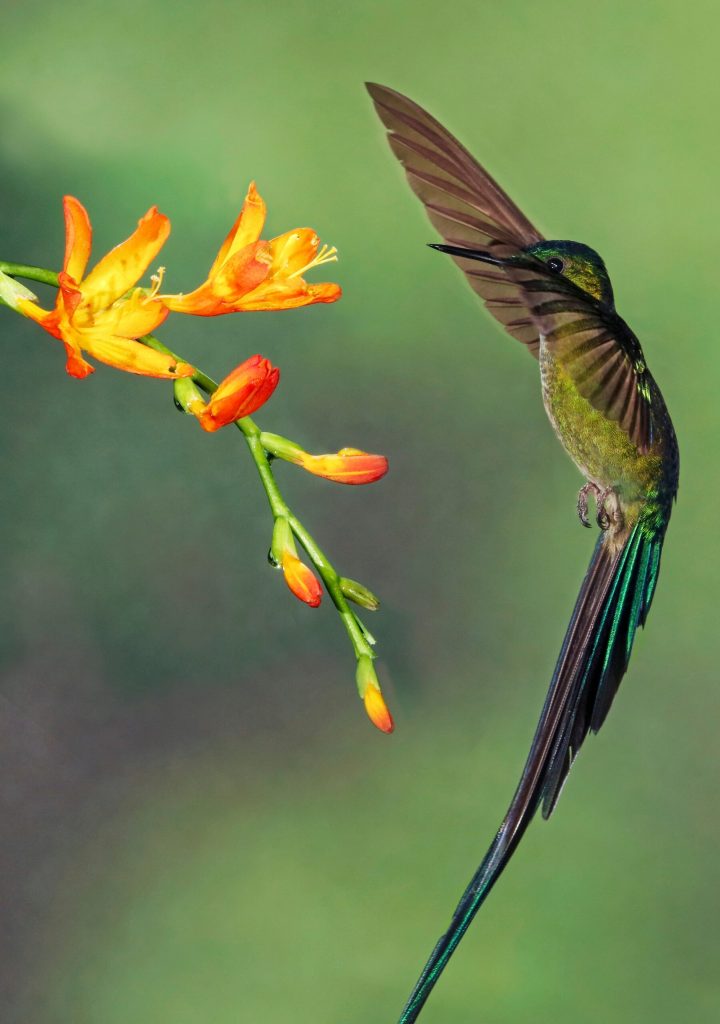
Lammas reminds us. . .
to check in on the ripeness or fullness of fruits and vegetables for the first early harvest. On this day, we are reminded that what we planted in the springtime – whether it be ideas, hopes, projects or other plantings – is now up for review at this time of year.

I consider myself a guardian of hummingbirds.
For each of the three fledgings in Spring and early Summer, I watch the parents pull tufts of fluff from the cat tails and bulrushes I have harvested and dried for them. Hummingbirds use it to build and maintain their wee nests.
I harvest my cat tails at Lammas each year, poke them in plant pots on my deck, and let them dry over the winter. So, while Lammas rituals often celebrate the early harvest of grains (the Goddess Ceres is where we got our word for cereal), I harvest Cat Tails for the occasion!
(Please note that I do not use the names of real clients in my Tea with Terry series. Each letter I respond to is a composite of the major themes of all the people I have served over the years.)
I received the following letter around Lammas:
Dear Ms. Terry,
What is Lammas and how can I celebrate it in my home?
Curious, Francis
Dear Curious Francis,
Lammas, also known as Lughnasad (pronounced LOO-nuh-suh) is an Earth Based Spirituality (Pagan) holiday that occurs annually on August 1, and it is halfway between Summer Solstice (Litha) and Autumnal Equinox (Mabon). Decorate your Earth Tray (altar) with wheat, bread, and apple cider. Lammas is like standing between hope (for a good crop) and fear (something could damage the crop at this vulnerable time). One ritual that represents standing on this threshold is to write on a piece of paper “What do you fear?” then sacrifice that fear by burning it. Now ask yourself “What do you hope to harvest?” Write that hope on your heart.
At Lammas, we also reflect on that most famous story of Demeter (Greek) Ceres (Roman) losing her daughter Persephone (Proserpine) to the underworld. In her grief, Demeter stopped all growth so the ancients used this story as an explanation for the end of the growing season and our initial transition into Autumn. For my grieving clients, this myth offers hope for another Spring when all seems lost. Those who are grieving identify with Demeter, and they celebrate with her renewal and reunion with her daughter in the Spring.

What would YOU like to sacrifice for Lammas?
In Light, Terry

